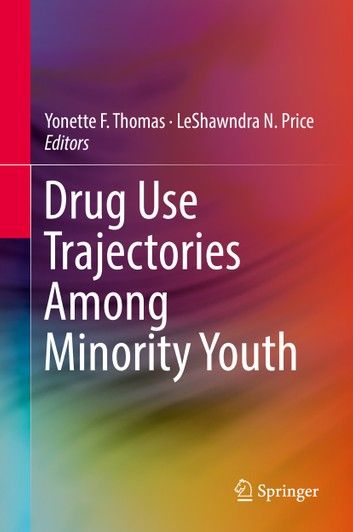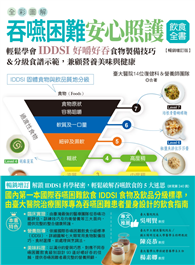| FindBook |
有 1 項符合
Drug Use Trajectories Among Minority Youth的圖書 |
 |
Drug Use Trajectories Among Minority Youth 作者:Thomas 出版社:Springer Verlag 出版日期:2016-09-09 語言:英文 規格:精裝 / 426頁 / 23.4 x 15.5 x 2.5 cm / 普通級 |
| 圖書館借閱 |
| 國家圖書館 | 全國圖書書目資訊網 | 國立公共資訊圖書館 | 電子書服務平台 | MetaCat 跨館整合查詢 |
| 臺北市立圖書館 | 新北市立圖書館 | 基隆市公共圖書館 | 桃園市立圖書館 | 新竹縣公共圖書館 |
| 苗栗縣立圖書館 | 臺中市立圖書館 | 彰化縣公共圖書館 | 南投縣文化局 | 雲林縣公共圖書館 |
| 嘉義縣圖書館 | 臺南市立圖書館 | 高雄市立圖書館 | 屏東縣公共圖書館 | 宜蘭縣公共圖書館 |
| 花蓮縣文化局 | 臺東縣文化處 |
|
|
This volume examines trajectories of drug use among ethnic minority youth in the United States with a focus on African Americans and Hispanics. It also highlights what research designs have been employed to address these differences as well as suggests strategies for moving this discourse forward by identifying potential targets for prevention and intervention with minority youth.
This book features essays by leading experts in the field who have grappled with this issue for decades. Inside, readers will find an insightful dialogue that addresses such questions as: Why are African American and Hispanic youth more likely than their White peers to abstain from drug use during adolescence but are more likely to become problem users later in life? What impact does the stress caused by discrimination have on potential drug use? To what extent does religiosity protect minority youth from drug use as past research suggests that it protects White youth? What is the influence of neighborhood context on exposure to and use of substances among urban African American children? Taken together, the essays in this book identify underexplored risk and protective factors and gaps in the current state of knowledge that can be used to develop effective, culturally specific drug abuse prevention strategies.
This book is for anyone with an interest in the initiation and escalation of drug use among African Americans and Hispanics/Latinos and factors that influence these patterns over the life course. It will also be an ideal resource for those interested in better understanding the mechanisms by which risk and protective factors are related to the development of drug use and addiction, particularly the ways in which such factors contribute to health differences and have disproportionately more negative consequences for ethnic minorities.
|











